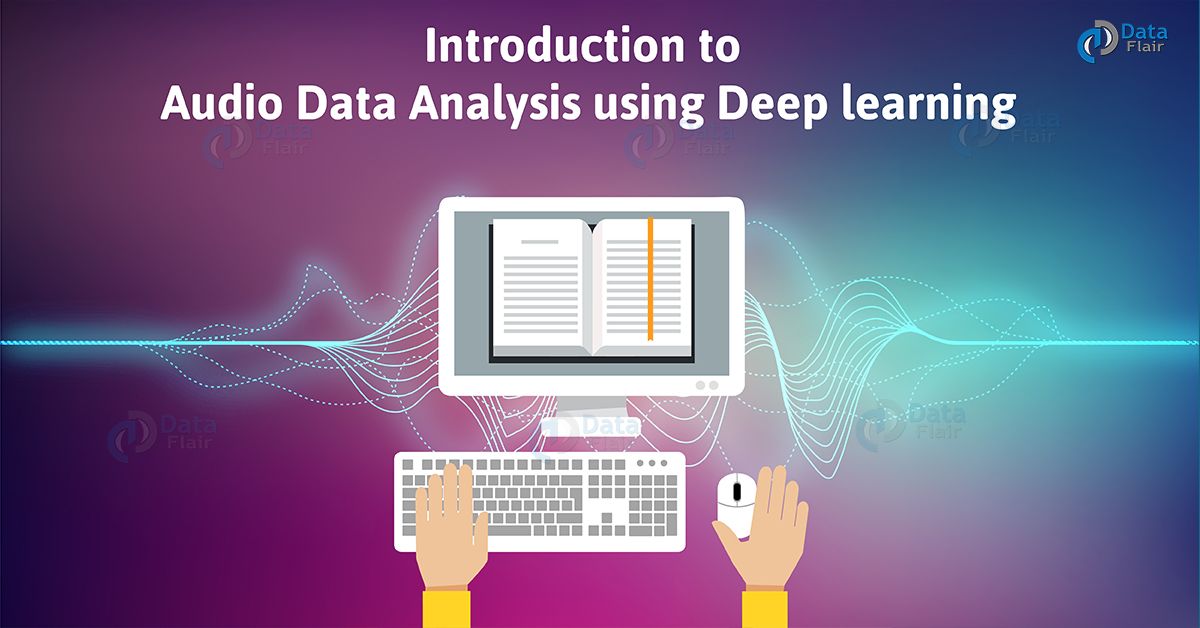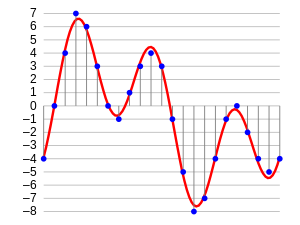Audio Analysis Using Deep Learning – Application & Data Handling
Free Machine Learning courses with 130+ real-time projects Start Now!!
1. Objective
In this Deep Learning Tutorial, we will study Audio Analysis using Deep Learning. Also, will learn data handling in the audio domain with applications of audio processing. As we will use graphs for a better understanding of audio data Analysis.

Audio Analysis Using Deep Learning
2. Introduction to Audio Analysis
As we are always in contact with audio. Sometimes directly or maybe indirectly. As our brain works continuously. Thus, brain process and understands the information. And at last, it provides us information about the environment.
Sometimes we catch this audio floating around us and feel something constructive. As there are some devices which help to catch these sounds. Also represents in computer readable format.
Examples of these formats are:
- wav (Waveform Audio File) format
- mp3 (MPEG-1 Audio Layer 3) format
- WMA (Windows Media Audio) format

Audio Analysis – Audio Format
If we think more and more about audio, at last, there is one conclusion that it is a wave-like format of data. This can be pictorially represented as follows.
3. Data Handling in Audio Domain
As there are present some unstructured data formats. For that audio data, has a couple of preprocessing steps. That we need to follow before it is presented for audio analysis.
Firstly we have to load data into a machine-understandable format. For this, we simply take values after every specific time steps.
For example – In a 2-second audio file, we extract values at half a second. This is called a sampling of audio data, and the rate at which it is sampled is called the sampling rate.

Audio Analysis – Example
We can represent it in another way. As we can convert data into a different domain, namely frequency domain. When we sample an audio data, we require much more data points to represent the whole data. Also, the sampling rate should be as high as possible.
So, if we represent audio data in frequency domain. Then much less computational space is required. To get an intuition, take a look at the image below

Audio Analysis – Audio Features
Here, we have to separate one audio signal into 3 different pure signals, that can easily represent as three unique values in a frequency domain.
Also, there are present few more ways in which we can represent audio data and its audio analysis.
For example. using MFCs. These are nothing but different ways to represent the data.
Further, we have to extract features from this audio representations. This algorithm works on these features and performs the task it is designed for. Here’s a visual representation of the categories of audio features that can be extracted.
After extracting, we have to send this to the
machine learning model for further analysis.
4. Applications of Audio Processing
- Indexing music collections according to their audio features.
- Recommending music for radio channels
- Similarity search for audio files (aka Shazam)
- Speech processing and synthesis – generating artificial voice for conversational agents
As a result, we have studied audio analysis and data handling in an audio domain with applications of audio processing. Also, we have used graphs that you to help in better understanding of audio data.
Did you like this article?
If Yes, please give DataFlair 5 Stars on Google

Tags: . Data Handling in Audio DomainApplications of Audio ProcessingAudio AnalysisAudio Analysis Using Deep LearningAudio Data AnalysisAudio Featuresaudio visual sppech recognistion with deep learningDeep Learning Audio Analysisdeep learning for audiogetting started with audio data analysis using deep learningIntroduction to Audio analysissimply audio recognisition





